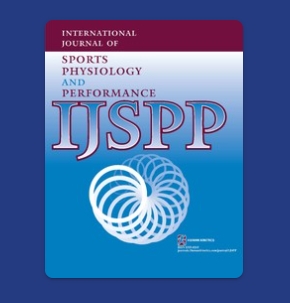Iaia FM1, Rampinini E2, Bangsbo J1
1, Copenhagen Muscle Research Centre, Department of Exercise and Sport Sciences, Section of Human Physiology, University of Copenhagen, Copenhagen, Denmark;2, Human Performance Laboratory, MAPEI Sport Research Center, Castellanza, Varese, Italy

This article reviews the major physiological and performance effects of aerobic high-intensity and speed-endurance training in football, and provides insight on implementation of individual game-related physical training. Analysis and physiological measurements have revealed that modern football is highly energetically demanding, and the ability to perform repeated high-intensity work is of importance for the players. Furthermore, the most successful teams perform more high-intensity activities during a game when in possession of the ball. Hence, footballers need a high fitness level to cope with the physical demands of the game. Studies on football players have shown that 8 to 12 wk of aerobic high-intensity running training (> 85% HRmax) leads to VO2max enhancement (5% to 11%), increased running economy (3% to 7%), and lower blood lactate accumulation during submaximal exercise, as well as improvements in the yo-yo intermittent recovery (YYIR) test performance (13%). Similar adaptations are observed when performing aerobic high-intensity training with small-sided games. Speed-endurance training has a positive effect on football-specific endurance, as shown by the marked improvements in the YYIR test (22% to 28%) and the ability to perform repeated sprints (approximately 2%). In conclusion, both aerobic and speed-endurance training can be used during the season to improve high-intensity intermittent exercise performance. The type and amount of training should be game related and specific to the technical, tactical, and physical demands imposed on each player.
Int J Sports Physiol Perform. 2009 Sep;4(3):291-306.
PMID: 19953818 DOI: 10.1123/ijspp.4.3.291